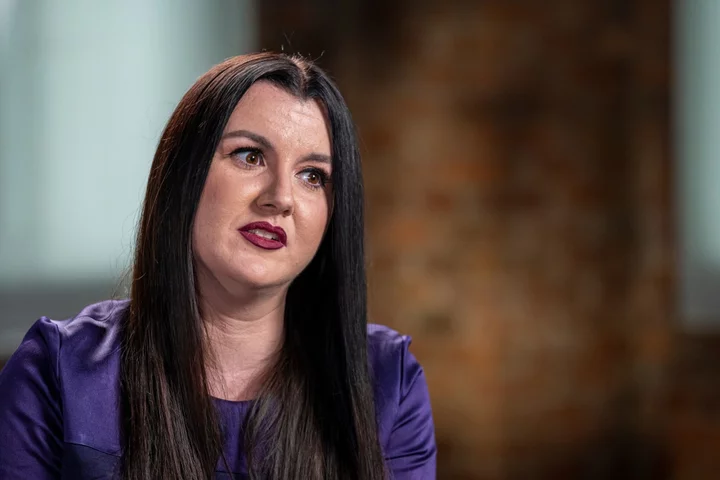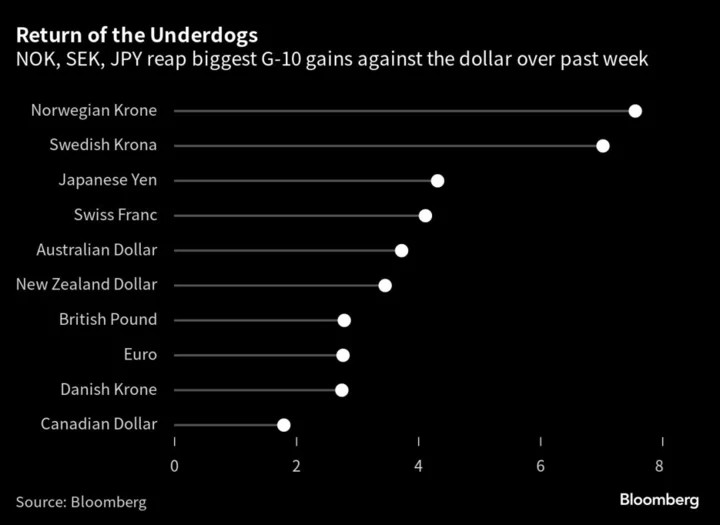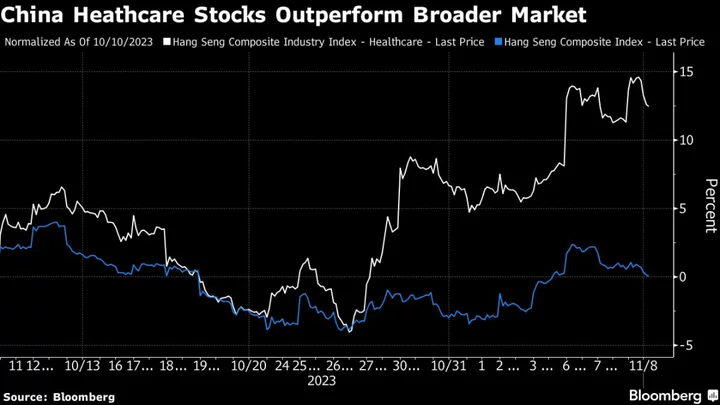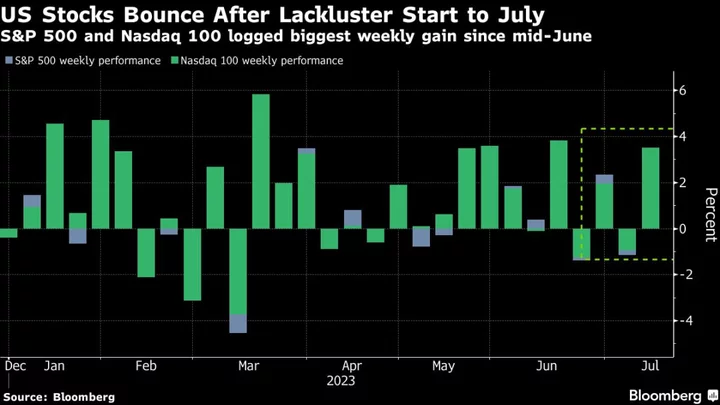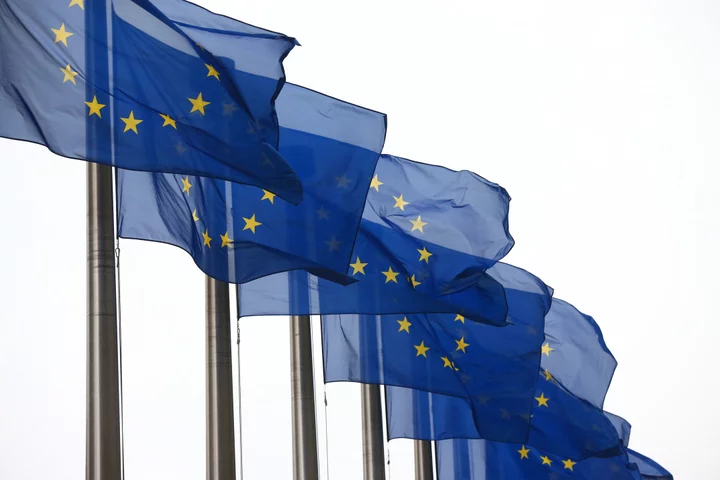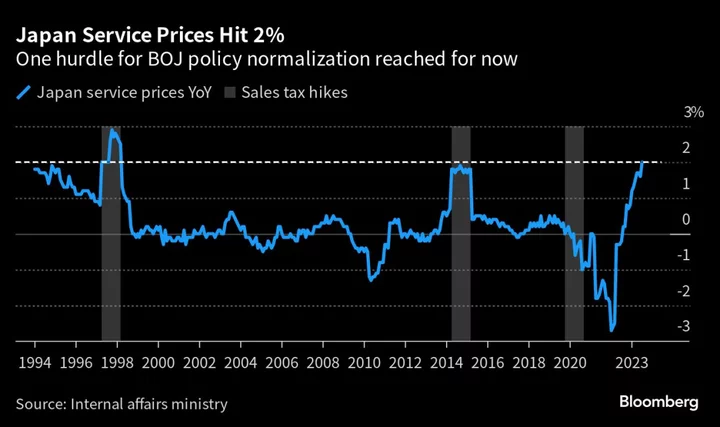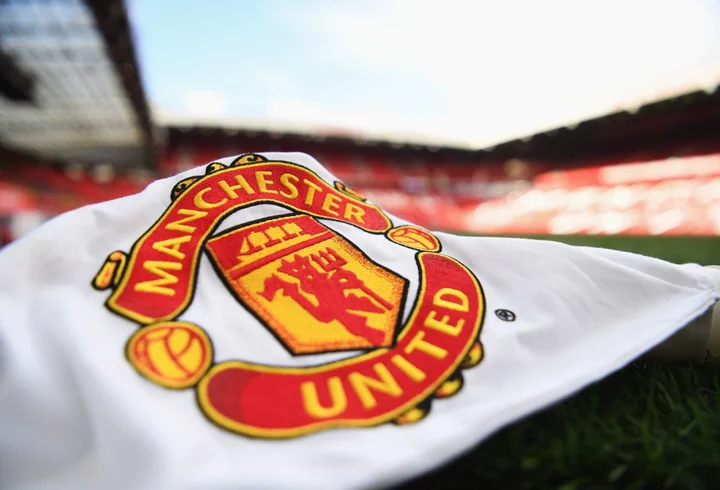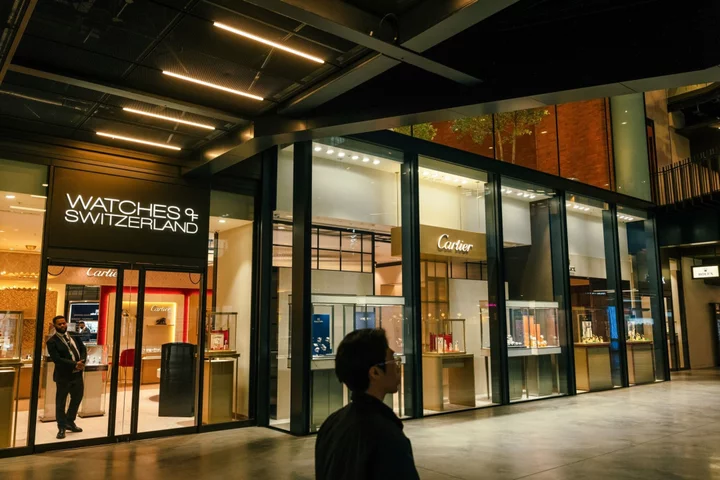Instacart is preparing to go public as its core grocery-delivery business is slowing and it pivots to a more behind the scenes role in technology and advertising.
While that’s a change from the company’s surge of customer orders during the coronavirus pandemic, it is not without benefits: the first of those being profitability.
Orders grew 18% to almost 263 million in 2022 but were nearly flat for the first half of 2023 compared with the same period last year, Instacart said in its filing Friday with the US Securities and Exchange Commission. Still, the company became profitable in 2022 and advertising now accounts for 30% of the company’s total revenue.
The largest US online grocery delivery company isn’t required to make public its plans for the proposed size and price of its share sale until later filings. The offer, though, is likely to be one of the biggest on a US exchange this year, and speed the thaw of a market that has been on ice since the first days of 2022.
Already this week, semiconductor designer Arm Holdings Ltd., majority owned by SoftBank Group Corp., had filed for what promises to be the year’s biggest IPO, which is expected in September. Marketing and data automation provider Klaviyo filed Friday for an IPO. Footwear maker Birkenstock is also gearing up for a listing this year, Bloomberg News has reported. Behind them are dozens of startups whose IPO aspirations have been stymied by the slowest year at this point for new listings since the depths of the financial crisis in 2009.
San Francisco-based Instacart, which is incorporated as Maplebear Inc. and filed under that name, revealed in its filing that PepsiCo Inc. is buying $175 million of its preferred convertible stock. That endorsement by the snack-and-beverage giant was accompanied by a detailing of Instacart’s finances, showing it first took advantage of pandemic-induced growth and has since adjusted as shoppers have returned to stores.
The company’s revenue grew 31% to about $1.5 billion in six months ended June 30, aided by supercharged growth in its higher-margin advertising segment. The company had net income of $242 million for the first half, compared with a loss of $74 million for the same period last year. In 2022, the company had revenue of $2.55 billion with net income of about $70 million, not including a one-time $358 million tax benefit in the US.
Despite a flattening of orders, gross transaction value increased 4% to $14.9 billion for first half of the year, according to the filing. Instacart is also managing to keep more profits from each order. Net income grew as a percent of gross transaction value from a loss of 0.3% in 2021 to a profit of 1.5% in 2022.
The company acknowledged that questions remain over its post-pandemic growth trajectory as it makes big bets beyond the core delivery service, as it also contends with competition.
“While we do not expect our pandemic-accelerated growth rates to recur in future periods, our growth during this period helped establish a business with much greater scale and much higher gross profit,” Instacart said in the filing.
Founded in 2012, Instacart has been preparing to go public for years, hoping to capitalize on its surging popularity during the coronavirus pandemic as online shopping for groceries became the norm and, in some cases, a necessity.
Valuation Drop
Instacart raised $2.74 billion as a startup and was valued at $39 billion in 2021, according to data provider PitchBook. But as the pandemic waned and diners began to emerge from lockdowns and return to restaurants and grocery aisles, Instacart’s growth faded too, forcing the company to slash its internal valuation three times last year to about $13 billion by last October.
The company’s largest investors include Sequoia Capital and D1 Capital Partners, according to the filing. Other investors have included Tiger Global Management and Coatue Management, according to PitchBook.
Instacart Chief Executive Officer Fidji Simo, a Facebook product veteran, took over from co-founder Apoorva Mehta two years ago and has helped Instacart move beyond grocery delivery to focus more on behind-the-scenes technology, taking advantage of the voluminous amount of consumer data it collects to help grocery stores sell more. Simo has reconfigured Instacart’s business model and fleshed out the company’s portfolio of products that it can sell to grocers, from analytics software to fulfillment services, promises of 15-minute delivery and advertising platforms.
Read More: Instacart CEO Courts Investors, Skeptical Grocers Ahead of IPO
By outfitting brick-and-mortar supermarkets like Kroger Co. and Wegmans with e-commerce tech, coupled with Instacart’s existing footprint online, Simo is betting the company will grow whether people are perusing the app at home or hand-picking tomatoes in the store.
Instacart sees itself clearly as a grocery technology company and suggested there is plenty of room for growth. The grocery business is the largest retail category and a $1.1 trillion industry in the US, according to the filing. But only 12% of grocery sales are currently made online.
Catering, Preschools
The company has also explored tapping new income streams such as catering and stocking food for small- and midsize businesses like preschools and corporate offices, as well as a health-care focus to deliver food and nutritional programs through hospitals, medical providers and insurers.
A half-dozen acquisitions have contributed to Instacart’s growth. Its largest was the $350 million purchase in 2021 of Caper AI, which offers retailers “smart” shopping carts that eliminate the need for customers to individually scan groceries or to line up at checkout.
Simo roughly doubled Instacart’s brand partners to more than 5,500 since she joined, propelling the company’s ads business to the second-biggest revenue contributor after the core grocery delivery service.
The consumer-facing Marketplace is powered by more than 600,000 independent contractors — known as shoppers — who pick up items for consumers at more than 1,400 retailers including Kroger, Publix and Walmart, across more than 80,000 stores in North America.
DoorDash, Uber Eats
While Instacart still commands the lion’s share of the market for large orders, over $75, DoorDash Inc. has been making significant market share gains on orders under $75, the filing shows. Doordash, which went public in 2020, has a market value about $31 billion. Instacart also competes with Uber Eats and Amazon.com Inc.’s grocery delivery service that includes Whole Foods, and Walmart Inc.’s growing ecommerce capabilities.
“Instacart is entering the public markets at a time of cautious enthusiasm,” said Alex Frederick, an analyst at PitchBook. “Despite facing challenges in sustaining order volume since the pandemic peak, Instacart’s strategic moves, including the introduction of food-stamp payments and the Instacart+ membership program, have propelled its success.”
Membership in Instacart+ has grown since a revamp in 2022. It now has 5.1 million members as of the end of June, up from 4.6 million last year, and members’ orders make up 57% of total gross transaction value. “On average, Instacart+ members have shopped at more than twice as many retail banners since joining Instacart than non-members,” according to the filing.
As part of Simo’s push into enterprise technology, Instacart rolled out a suite of products for businesses in 2022 to help grocers that may not otherwise have the resources or technical skills to implement a digital shopping channel reach customers who are increasingly online. The platform includes tools and services that retailers can use to power their own websites, apps and retail operations and tap into Instacart’s well of insight into people’s shopping habits.
Instacart’s IPO is being led by Goldman Sachs Group Inc. and JPMorgan Chase & Co., with Bank of America Corp., Barclays Plc and Citigroup Inc. also participating along with 14 other underwriters.
The company plans for its shares to trade on the Nasdaq Global Select Market under the symbol CART.
Author: Jackie Davalos, Natalie Lung and Katie Roof

